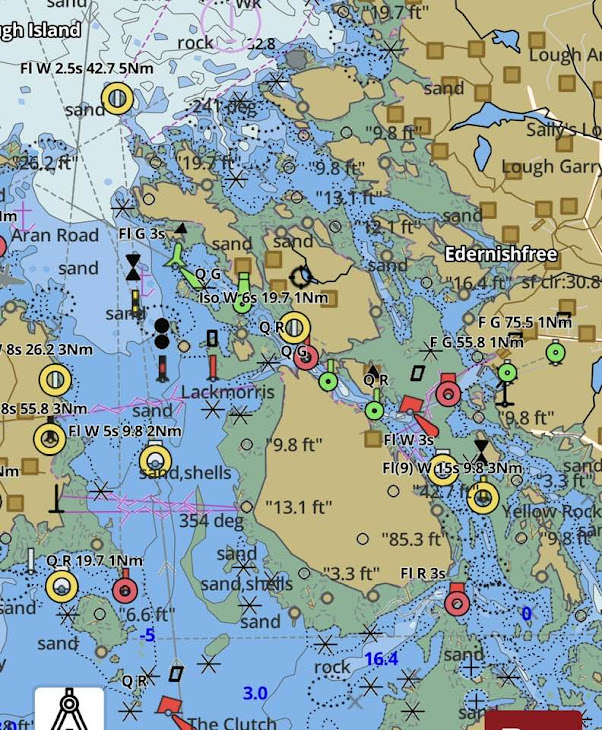Roll call of Irish lightkeepers 1918

Michael Woods was at Mew Island in 1918 This is a list which might be of interest to some readers who have lightkeepers in their family tree. And to former keepers who will doubtless recognise surnames from their own service. It lists all Irish Lights keepers as of 1918, giving such information such as service number, rank, date and place of birth, date of entering service, date of promotion to present rank, present station and date of being posted there, marital status, number of dependent children and special notes.





